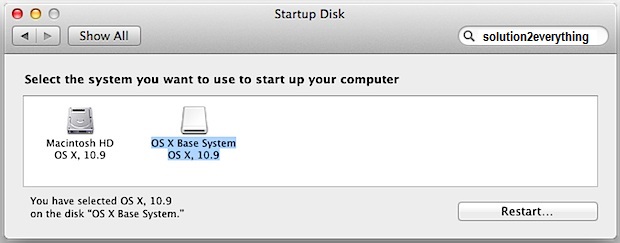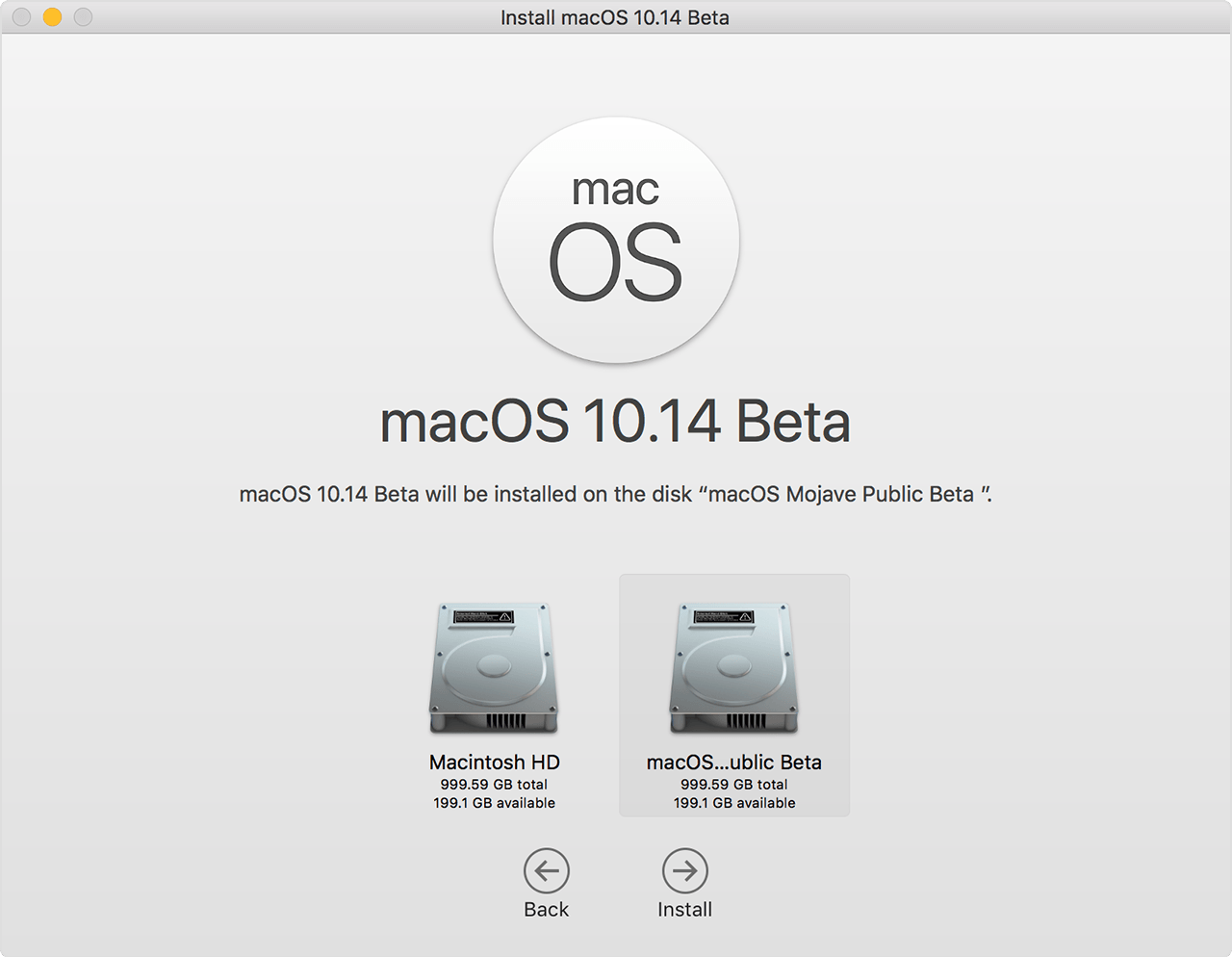

- #Mac os x startup disk size how to
- #Mac os x startup disk size mac os x
- #Mac os x startup disk size install
- #Mac os x startup disk size manual
Start the? Apple menu and go to “About This kind of Mac”Ĭhoose the “Storage” tab (older versions of OS X need to click on ‘More Info’ prior to the Storage tab appears) Mac users can quickly see exactly what is taking up disk space through the system Storage area summary, this can help lead you in the right direction and give you an idea of what’s going on and where to look. One particular: Get an understanding of Can be Eating Up Mac Start-up Disk Space. As always, don’t delete files if you do not really know what they are being used for!
#Mac os x startup disk size manual
Is actually good practice to get started on a manual backup of the Mac with Time Brewing system before removing anything, this insures that if you accidentally delete the incorrect thing you can get it back.
#Mac os x startup disk size how to
We’ll cover some easy tips how to quickly figure out what’s taking on the disk space on the Mac, as well as how to clear out memory space in order to resolve an almost full Mac. Macintosh Startup disk is almost full error message, here is how to solve it Various applications require English and will not open if English is removed.
#Mac os x startup disk size mac os x
Only use a version that is suitable with the version of Mac OS X you have installed. Make sure you thoroughly read the instructions before using Monolingual. You can save roughly 200MB of disk space by eliminating unneeded localization files using the freeware utility Monolingual. These files permit the Mac OS X user interface to show up in a variety of languages.
#Mac os x startup disk size install
If you selected the Easy Install option when installing Mac OS Back button, localization files over a dozen languages are installed. Clean up system logs and dataįollow the advice in our “Running Mac OPERATING SYSTEM X Maintenance Scripts” COMMON QUESTIONS to regularly execute the Mac OS X maintenance routines that clean up System logs and non permanent files created as part of the UNIX(R) underpinnings of Mac OS Impertinent. Emptying the application’s Trash may erase its contents immediately or move its contents to your own personal Trash, which you can then empty as noted above. Just moving something to the rubbish doesn’t actually delete it, you have to clear the Trash, and the Trash can certainly become a receptacle to the large files you trashed but haven’t actually removed yet.Ī few applications, such as iPhoto and Mail, get their own Trash, spearate from the Trash seen in the Dock. This might appear evident to some users, but it’s an often overlooked step.

3 or later, you can also choose Finder > Safe and sound In Finder, select Finder > Empty Trash or, under Mac OS A 10.

Additional tips are provided for saving more room if you have another internal hard drive or an available partition. When you could replace your current hard drive with a much larger model, or install a second internal hard drive if your Mac will support such, the following tips will help you free some space without changing your hardware.


 0 kommentar(er)
0 kommentar(er)
